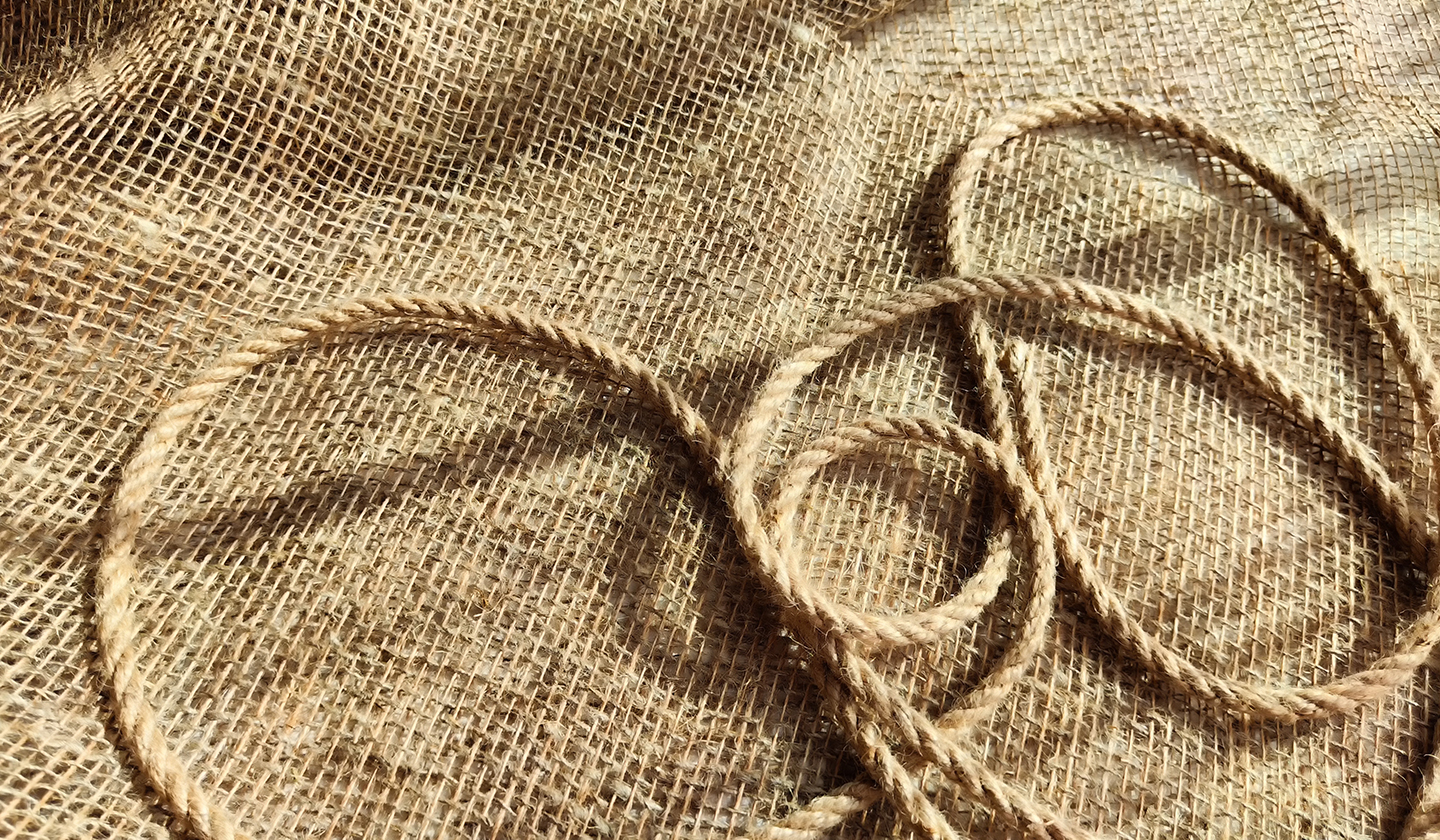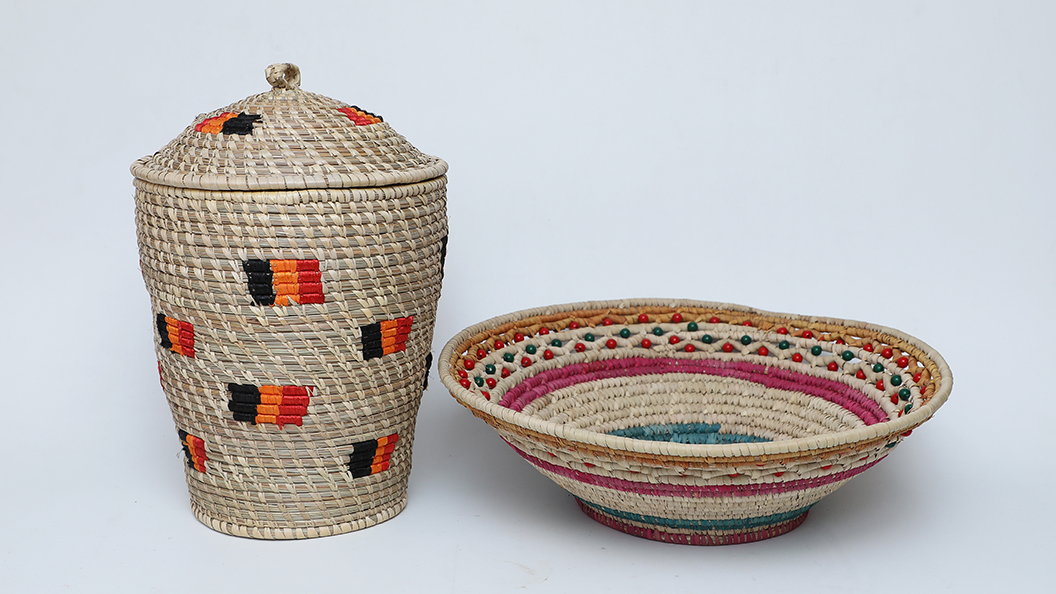THE CRAFT
Jute Weaving

From the state of Rajasthan

Jodhpur, Rajasthan
For centuries, jute-weaving has flourished in Jodhpur. Here, skilled artisans meticulously handcraft floor coverings and decorative items. Over time, this traditional skill was expanded for working on furniture, as well. The art of creating woven jute furniture effortlessly combines traditional craftsmanship with a contemporary aesthetic.

Heritage Value
Jute furniture is well-known for its affordability and functionality. Woven jute furniture, especially from the Shekhawati region of Rajasthan, is now an eco-friendly option for home décor. In this tradition, Skilled weavers expertly intertwine jute fibres around a sturdy wooden frame. This frame is made from teak or sheesham wood.
Intricate patterns are woven into the backrest, armrests and sofa seats, chairs, tables, bed frames and even swings. The fusion of jute and wood creates a charming rustic appearance. The jute details and grains add textures to the furniture. The craftsmen need to know turning, joining, and webbing and how to use soft metals with jute and wood.
Traditionally, jute furniture can be under four categories. These are aasan (seating), manch (sleeping), manjush (storage), and sapaat (storage). A fifth category, vastu (products), is noted in studies on vernacular furniture of South Asia.
There has been immense innovation in jute furniture from India to Scandinavia. Minimalist woven jute furniture now comes with rattan, cane and metal. These bring a touch of nature into modern living spaces. The appeal of woven jute furniture lies in its natural textures, earthy tones, and use of eco-friendly materials. It's a favoured choice among climate-positive consumers.
Intricate patterns are woven into the backrest, armrests and sofa seats, chairs, tables, bed frames and even swings. The fusion of jute and wood creates a charming rustic appearance. The jute details and grains add textures to the furniture. The craftsmen need to know turning, joining, and webbing and how to use soft metals with jute and wood.
Traditionally, jute furniture can be under four categories. These are aasan (seating), manch (sleeping), manjush (storage), and sapaat (storage). A fifth category, vastu (products), is noted in studies on vernacular furniture of South Asia.
There has been immense innovation in jute furniture from India to Scandinavia. Minimalist woven jute furniture now comes with rattan, cane and metal. These bring a touch of nature into modern living spaces. The appeal of woven jute furniture lies in its natural textures, earthy tones, and use of eco-friendly materials. It's a favoured choice among climate-positive consumers.
Memory Vault
In her book, Handmade in India: Crafts of India, Aditi Ranjan delves deep into various handmade crafts. Jute weaving among them provides insights into the lives of the skilled artisans who practice it. There are several anecdotal references to jute products in references
on slow living. The charpoy or the khaat, for instance, a staple in Indian rural life. It is used to sleep, sit on, or decorate when required for special occasions. It's a symbol of slow living.
on slow living. The charpoy or the khaat, for instance, a staple in Indian rural life. It is used to sleep, sit on, or decorate when required for special occasions. It's a symbol of slow living.
Disclaimer:
Any information on this page is anecdotal and based on publicly
available details. If you're interested in learning more,
click here.

